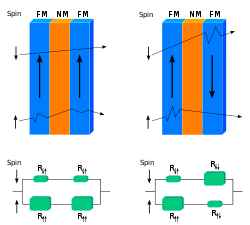 The satellite in its launch configuration | |
| Mission type | Technology demonstration, scientific experimentation. |
|---|---|
| Operator | INTA |
| COSPAR ID | 2013-066E |
| SATCAT no. | 39420 |
| Mission duration | 3 years |
| Spacecraft properties | |
| Manufacturer | INTA |
| Dry mass | 3.8 kg |
| Dimensions | 10 x 10 x 34.5 cm |
| Power | 7.2 W |
| Start of mission | |
| Launch date | 21 November 2013 |
| Rocket | Dnepr |
| Launch site | Dombarovsky |
| End of mission | |
| Last contact | 17 December 2017 |
| Payload | |
| APIS, FIBOS, GMR, ODM | |
OPTOS was a Spanish nanosatellite designed and developed by INTA with support from the European Cooperation for Space Standardization (ECSS) as a low-cost technology demonstrator. It was launched in 2013 and had a service life of three years. [1]


